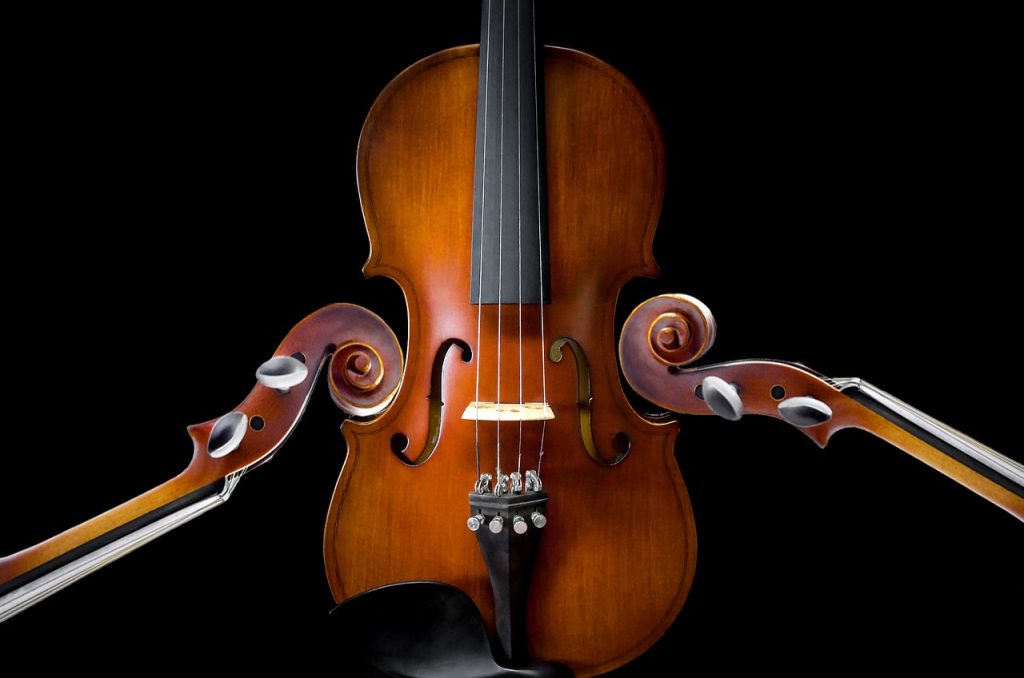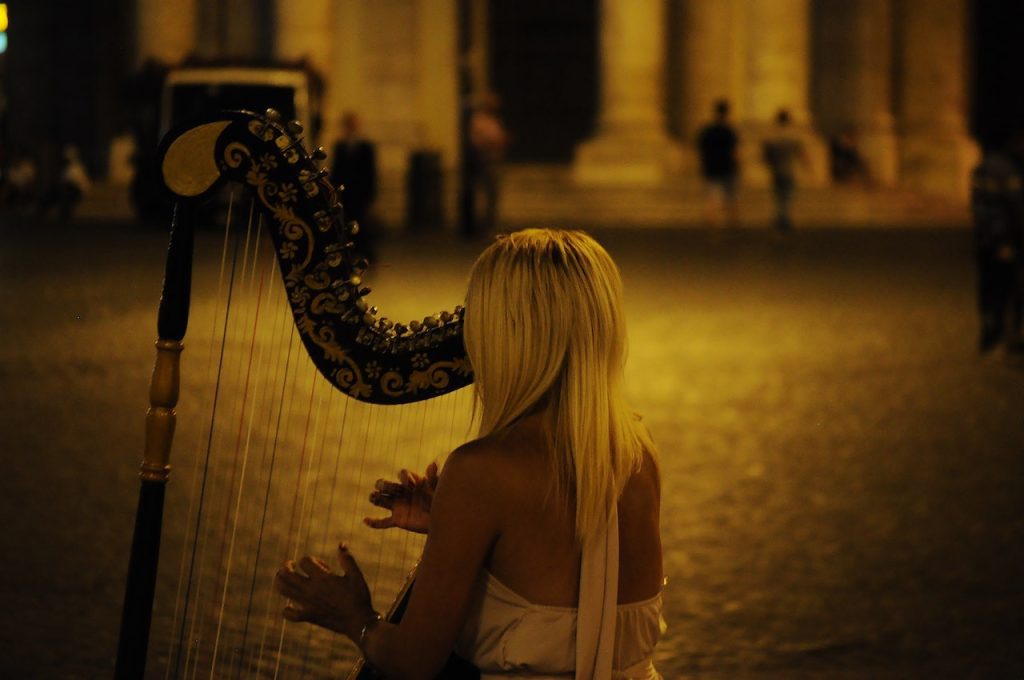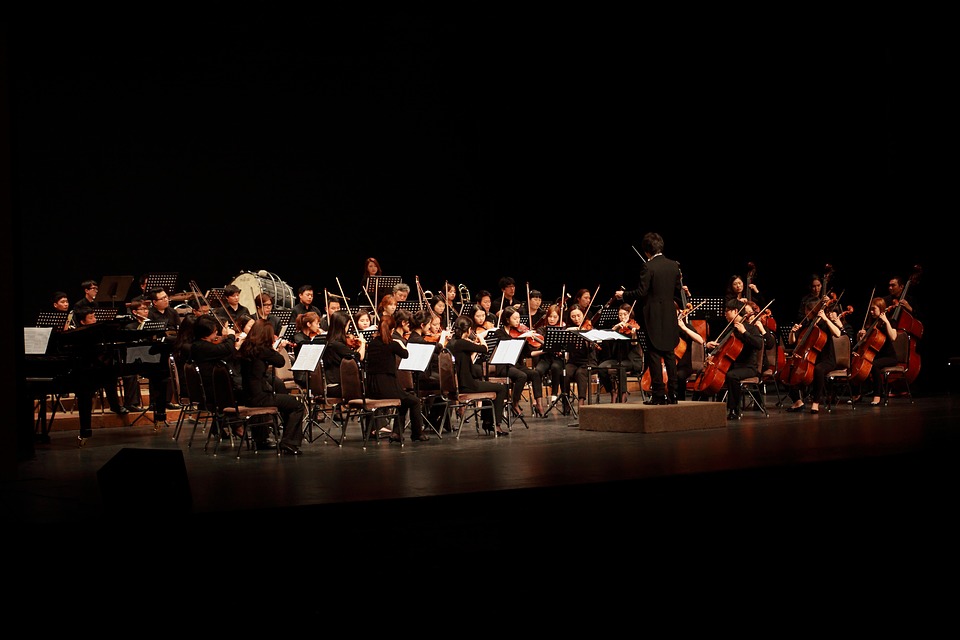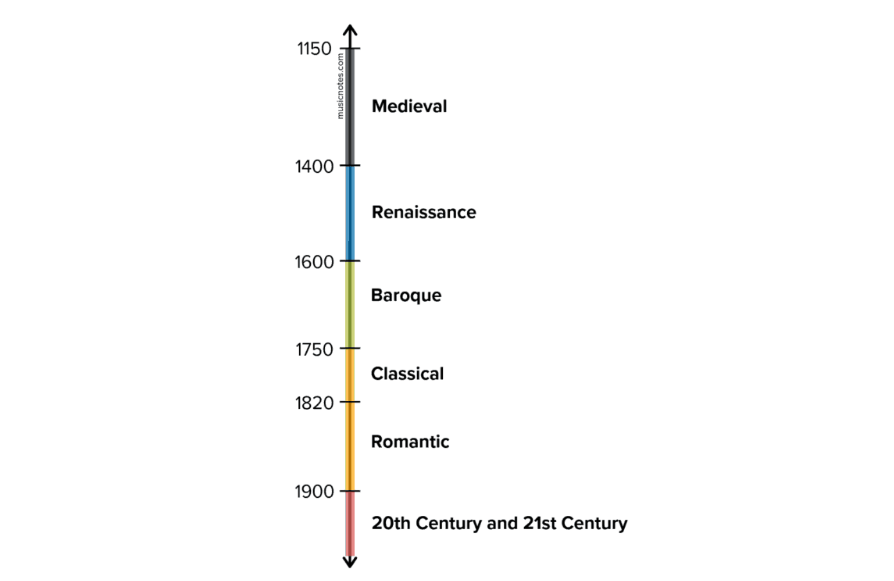In the world of music, orchestra string instruments hold a special place in the hearts of many. These instruments have been around for centuries. Composers have used string instruments to create some of the most beautiful and famous pieces of music. From the haunting melodies of a violin to the deep, rich tones of a cello, there is no denying the power and beauty of these instruments. This guide will take an in-depth look at the most common orchestra string instruments.
Introduction to Orchestra String Instruments
The string section in an orchestra consists of four main instruments: the violin, viola, cello, and double bass. Each instrument has its unique sound. When played together, they create a beautiful and complex sound that is the hallmark of an orchestra. There are also more string instruments other than these, like harp.
- Violin
- Viola
- Cello
- Double Bass
- Harp
Violin

The violin is the most well-known string instrument. It is the heart of orchestra instruments. This instrument has distinct sounds and high-pitched tones. It has four strings. You play these strings with a bow made of horsehair. The bow is highly versatile. The violin is capable of playing both solo and ensemble pieces. The violin has a long history, with some of the greatest composers in classical music. Mozart and Beethoven used it extensively in their works.
Viola

The viola is similar to the violin but is slightly larger and produces deeper, mellow tones. It has four strings and is also played with a bow. Different from the violin, the viola is less well-known but not less important. Composers such as Bach and Brahms have used the viola to create some of the most beautiful and soulful pieces of music.
Cello

The cello is another important string instrument in the orchestra, known for its deep and warm tones. The cello is bigger than the violin and viola. You have to play it while sitting down. The cello has four strings that are played with a bow. It can also produce pizzicato or plucked notes. Composers like Vivaldi and Tchaikovsky have used the cello to create some of classical music’s most emotional and moving pieces.
Double Bass

The double bass is the largest and lowest-pitched of the string instruments in the orchestra. It has four strings, much thicker than the other string instruments. Bass is played while standing. The double bass can produce deep, resonant notes and brighter, lively sounds. Composers such as Beethoven and Mahler have used the double bass to create some of the most powerful and dramatic pieces of music.
Harp

The harp is a unique, beautiful string instrument that produces delicate, ethereal sounds. It has a series of strings plucked with the fingers, often used to create a dreamy or mystical atmosphere in the orchestra. Composers like Debussy and Ravel have extensively used the harp in their works, adding a touch of magic and wonder to the music.
The Anatomy of a String Instrument
String instruments share many similarities in their design and construction. Understanding the anatomy of a string instrument can help you appreciate the nuances of each instrument’s sound.
The Body
Artisans typically make the body of a string instrument from wood, using spruce for the top and maple for the back and sides. Artisans carefully select the wood for its acoustic properties and align the grain of the wood to optimize the sound.
The Sound Holes
The sound holes, or F-holes, on a string instrument, are carefully designed to optimize the instrument’s sound. They allow the sound to escape from the instrument’s body, creating a more resonant and fuller sound.
The Bridge
The bridge is a crucial component of a string instrument, supporting the strings and transmitting their vibrations to the instrument’s body. Artisans carefully carve the bridge to optimize the sound of the instrument. Its placement on the instrument is critical to producing the best possible sound.
The Strings
The strings on a string instrument are made of either gut or metal. Gut strings produce a warmer and more nuanced sound, while metal strings produce a brighter and more powerful sound. You carefully tune the strings to produce the desired pitch and must replace them regularly to ensure optimal sound quality.
Conclusion
String instruments are some of the most beautiful and versatile instruments in music. These instruments provide a wide range of sounds and tones that help to create some of the most beautiful and iconic pieces of classical music. From the violin to the harp, each instrument has unique qualities and characteristics that make it important to the overall sound of the orchestra. Whether playing solo or as part of an ensemble, the string section is integral to the classical music tradition.
FB Page: Classical Beast



